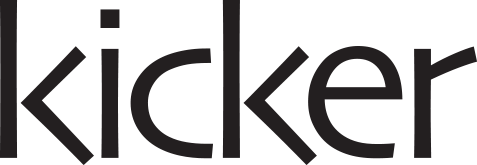Are you using video as a component of your employee onboarding process? You should be! There is no better way to bring your employees up to date and to engage them in your business than through the use of video. But, many organizations haven’t taken this step yet and are unsure how to use video within the employee onboarding process. What’s more, you may not realize just how effective and valuable this type of move can be.
What Can Video Teach Your New Employee?
At the basis of any employee onboarding process is the communication of information from your business to your new employee. You want them to learn about who you are, what you do, how you do it, and why you do it. That’s where video can come in. It can create a resource to get your new employee on the same page with you. Here are some examples of how to use video in this process.
- Utilize video as training material. Whether your employee will be using a new type of software or your new employee needs to learn how to do his or her job, video can provide a great resource. They can come back to it as often as needed, learn at their own pace, and learn the very important steps and procedures you require.
- It’s a cost-effective resource. Using video to provide your new employee with basic knowledge and insight into the company is an affordable way to do so. Now, your employees have more time on their hands to accomplish tasks while new employees learn the basis on their own.
- Engage your employees with video. Another way to use video during the onboarding process is for engagement. You can introduce key players in the business. You can demonstrate what job the individual will do, how it fits into the company’s model, and the importance of it. You’ll show them how much they matter to you.
- Policy and rule sharing through video is effective. Today, every company has a long list of policies to review with new employees – it’s essential to give them this information. But, you don’t have to have another employee reviewing it with them. Now, you can use video not only to communicate policies but also to demonstrate effectively.
- Talk about those little things. Every company has rules and guidelines. They have a unique culture and way of doing things. When you use video to communicate these to your new employee, they fit right in on that first day.
In short, employee onboarding with video can be customized to your specific needs. Anything your HR person, your training team, or your management team is communicating on that first day with your new employee can be done through video. The ROI here is on the time you save as well as the more efficient and effective way you are bringing new team members on board with you.
It’s important to know that video isn’t meant to replace interaction with other employees and management. Rather, it provides a more effective manner to rely information. That individual is more likely to remember and act on what they see, hear and learn on the video. They can still ask questions and provide feedback to your team. Every employee is different, but most benefit from the use of video rather than just being told about rules or procedures.



